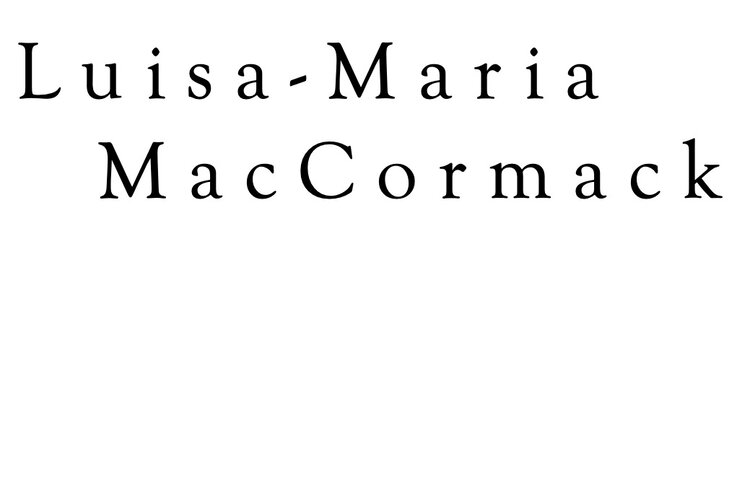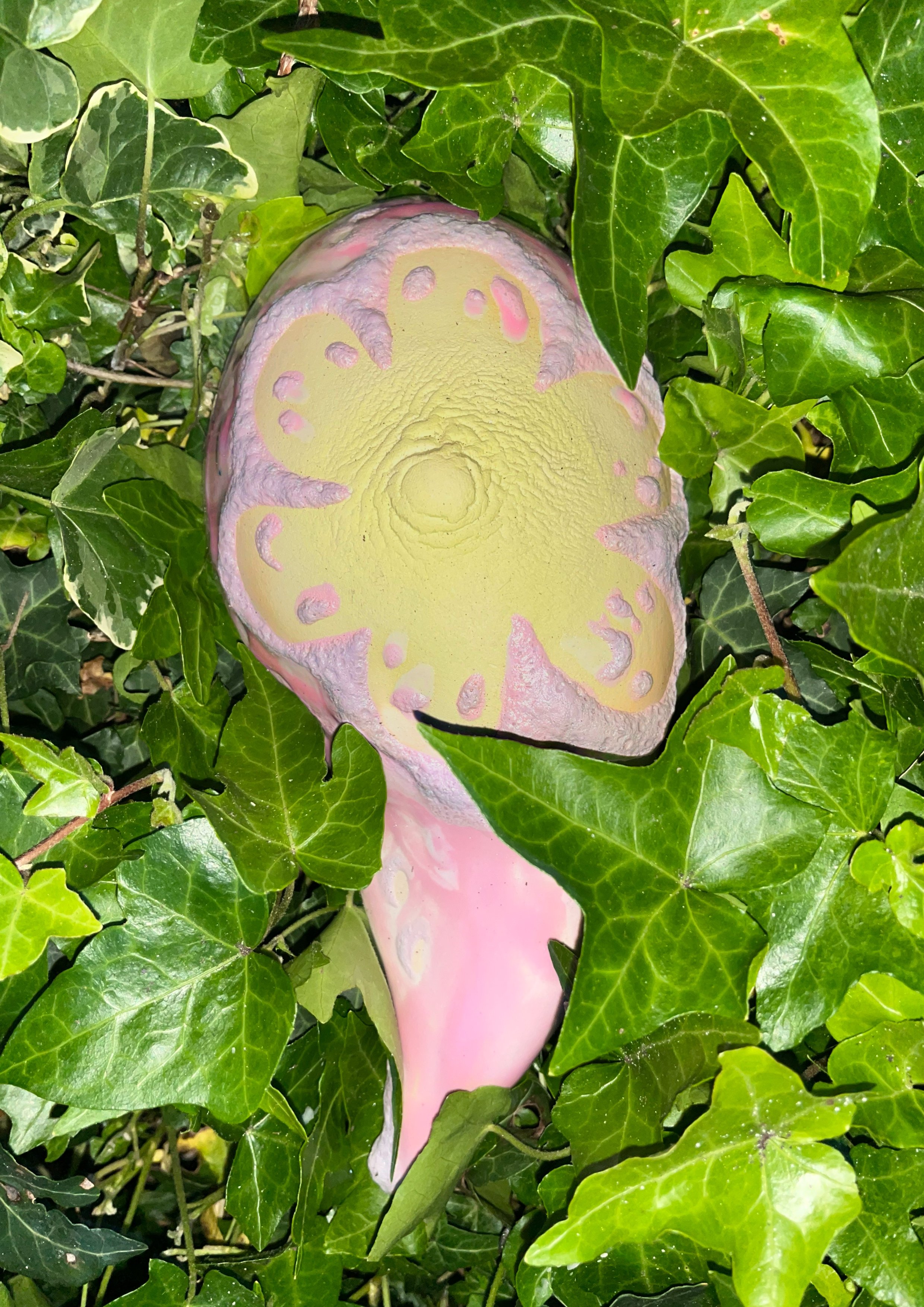SLUG TITS AND BAD GENETICS
Drawing on Kristeva, Queer Ecology Theory, and the convoluted history of Genetics, in this exhibition Luisa Maria MacCormack explores the fractured and increasingly contested space between the genetically human and the genetically modified, ‘extra’ human. Probing the line between disgust and sensuality, the abject and the sublime, these works imagine a world where quantum leaps in genetic coding technologies allow us to splice away our bad genetics; replacing them with borrowed genomes, stolen evolutionary traits.
This exhibition explores a radical method of resistance in this imagined (perhaps not-so-distant) world of genetic mutant perfection; [genetically modified] breasts, arguably the most voraciously objectified part of the female body, resist the onslaught of male gaze simply by slithering away, leaving a trail of ooze in their wake. Freed from the constraints of body, liberated from the watchful jurisdiction of a custodian, these works imagine what the private life of a slug-tit might hold. What ecstasies, what horrors, the secret life of the genetic mutant, half woman, half slug.
BAD GENETICS is a two-person exhibition by Luisa Maria MacCormack and Lily Holder, exploring the unruly, unstable terrain of the human body under pressure—genetic, social, and psychological. Drawing on queer ecology, Kristeva’s theory of the abject, and the grotesque and ever pertinent history of biomedical control, the show considers what it means to be born into a body coded with error: bodies that decay, mutate, misbehave; bodies that are rejected, fetishised, quarantined, or radically reimagined. These are not the smooth, legible bodies of the future—they are glitching, oozing, breathing, shedding bodies, grotesque in both their vulnerability and power.
In Holder’s Rubber Girls, surgically precise latex figures are polished and preened, suspended in a delicate, obsessive choreography of care. In MacCormack’s Slug Tits, genetically modified breasts abandon their host bodies entirely, resisting the extractive logic of the gaze by simply sliding into the undergrowth. Together, their works propose a messy, speculative world of mutant resistance—where flesh is both threat and promise, and where bad genetics might not be a curse, but a source of strange, sublime liberation.








